Daidougei World Cup in Shizuoka – 大道芸ワールドカップイン静岡 Field Report Part 1
Sunday, December 19th, 2010 in: News, Travel
As I said in my last post, one of the biggest annual venues for street performers is the Daidougei World Cup in Shizuoka. Daidougei is Japanese for “street art,” and encapsulates all kinds of street performance. As long as it’s entertaining, the only limits to street performance are your budget and your imagination. There’s even an official license for street performance in Tokyo, which is like a badge of honor and official recognition of being “pretty good.” Many skill players seek this license even if they don’t intend to perform on the street; they just want the recognition and prestige that comes with it.
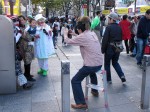 Every first weekend of November, Shizuoka city gets overrun with talent from all over the world and throngs of people who flock to see them perform. For street performers, it’s the Grand Prix of exhibitionism. Although there is a contest element in it (last year’s winner was Princess Elayne, a contortionist who can shoot a bow and arrow with her feet, whilst balancing on her MOUTH), I think the biggest draw for street performers to the World Cup is that it’s one of the few events where there is literally a massive crowd of onlookers who come to watch, and although it’s not mandatory, pay the performers for their shows. A good artist probably does better in that one weekend in Shizuoka than they normally do in an entire month.
Every first weekend of November, Shizuoka city gets overrun with talent from all over the world and throngs of people who flock to see them perform. For street performers, it’s the Grand Prix of exhibitionism. Although there is a contest element in it (last year’s winner was Princess Elayne, a contortionist who can shoot a bow and arrow with her feet, whilst balancing on her MOUTH), I think the biggest draw for street performers to the World Cup is that it’s one of the few events where there is literally a massive crowd of onlookers who come to watch, and although it’s not mandatory, pay the performers for their shows. A good artist probably does better in that one weekend in Shizuoka than they normally do in an entire month.
The event goes on for 3 days, and we drove down Saturday morning to spend the day watching the crowd and visiting friends who were performing. Wandering performances roamed the thick crowds all over the city, lending to a fun, carnival atmosphere. A silver man on large stilts was wearing a kind of bubble-making apparatus, and was performing bubble tricks, while clowns made faces at children and twisted balloon animals for them. The stationary performances had their own schedules reserved for certain areas, split into “ON” and “OFF” categories denoting their level of professionalism, fame, etc. Even without a schedule in hand, you could tell when an “on” performance was happening by the size of the crowd.
We arrived at the spot where BlackRay (Black and Rei Iwakura) would be performing, and met with other yo-yo friends who had gathered to watch the show. We caught the tail-end of Mr. Apatch’s set, a combination of juggling, BMX and balancing arts, with a polished routine that quickly built rapport with the audience.
httpvh://www.youtube.com/watch?v=jAGuVOG_QHs
edit: I received a message from Mr. Apatch’s promotion company demanding I take down the video, as they are “about to promote his DVD with TV spots” and want to control all video content of his show. I’ve set it to private in the meantime, so if you friend me on youtube you can still see it. I find it rather funny to try and control all instances of a performer, especially when they perform in public, and the internet is such a big place. I put the video online because I thought it was a cool performance and I wanted to share what I saw with my friends abroad who otherwise would probably never see it.
His performance style was well suited for his skills, and he turned a rather mundane audience interaction into an entertaining set. Other performers, I would later discover, opt not to speak at all, incorporate miming techniques to convey everything they need to connect with their audience. Although I find the latter approach more appealing to an international crowd, I think they are both really difficult. Connection with the audience is an oft-overlooked element in street performance; being good at something isn’t enough. You don’t even have to be that spectacular, as long as you can sell it to the audience.
Street performance is so much deeper than I expected…
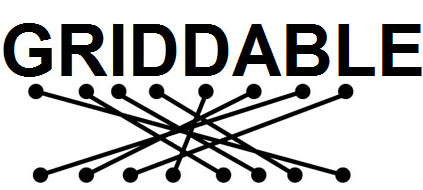
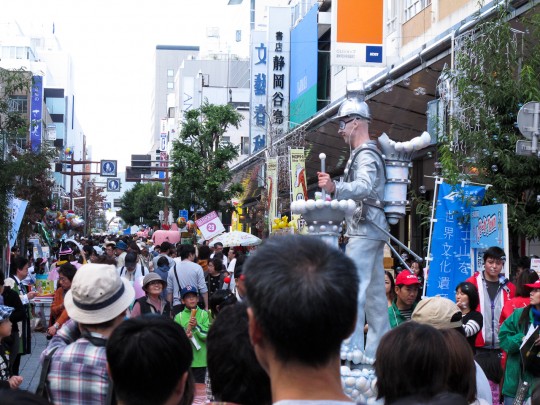
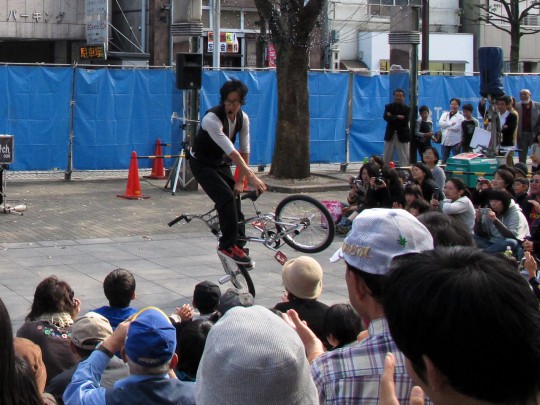

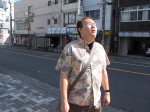
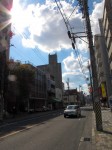
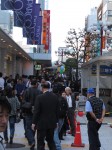
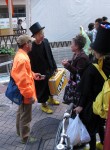
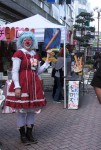
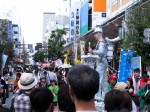
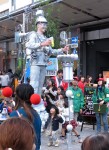

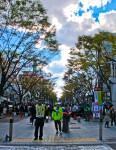

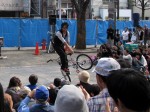




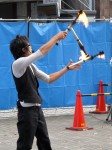

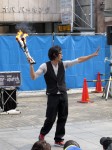
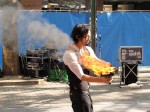

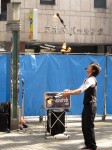
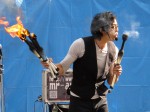
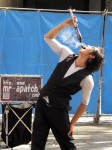
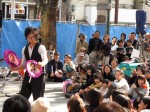
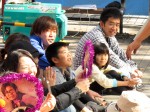
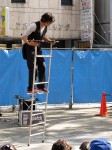
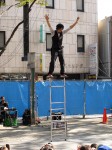
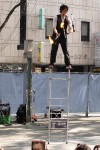
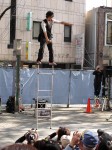
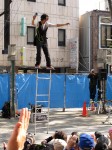
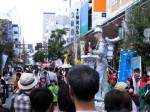







Leave a Reply